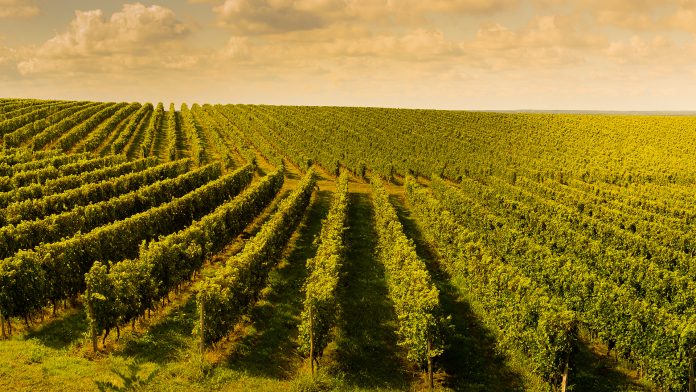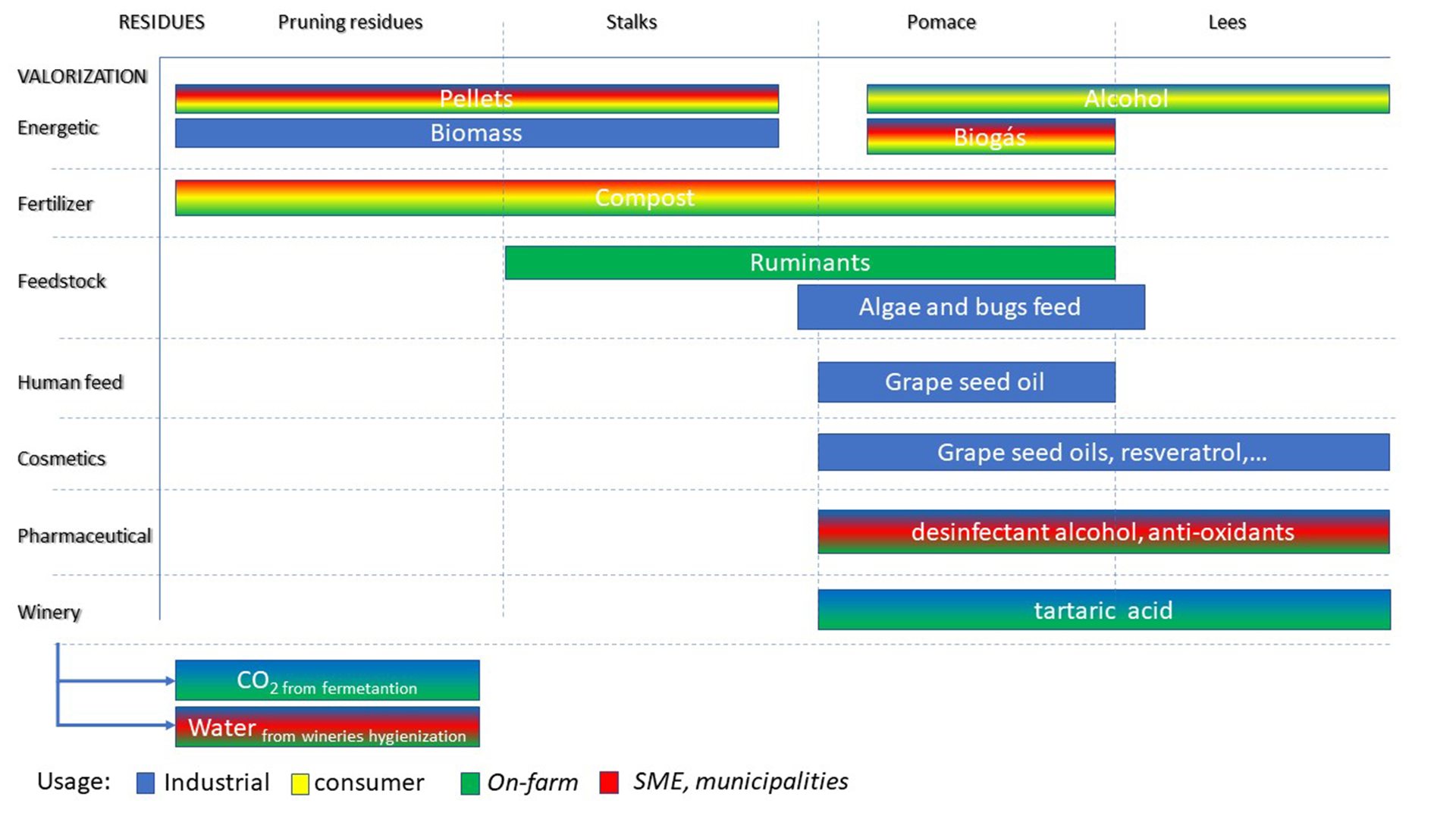Miguel Cachão, Agronomic Engineer at AVIPE, explains how bio-based industries (BBI) and the involvement of the agro-food sector will have a crucial role in achieving European Green Deal goals and the circular economy.
AVIPE is a grapevine growers association located in Portugal’s Peninsula de Setúbal wine region. The main activity it offers is on-field consultancy on vineyards, alongside support to farmers. AVIPE works with around 350 farmers covering an area of 4,000Ha of vineyards. Along with the management of a demo farm, it also participates in national and European projects to showcase new practices to farmers and develop trials.
PRIMA is a European Union (EU) programme for Research and Innovation solutions in the Mediterranean region. It funds a variety of projects designed to support food systems and water resources in the Mediterranean basin and partner countries. AVIPE works closely with PRIMA on a number of projects.
Improving greenhouse production
One such project is SUSMEDHOUSE, which has the vision to increase greenhouse production quantity and quality by boosting overall efficiency by at least 20%, to develop new safer methods for pest and pathogen management; to efficiently use resources – especially energy, soil, and water – by optimising; to prevent eutrophication; to contribute to the circular economy in agriculture; to provide sustainability; and to create fully automated eco-friendly greenhouses with less intensive physical labour.
Improving biodiversity in vineyards
Another PRIMA project, REVINE, intends to improve the biodiversity in the vineyards by using multiple approaches, including:
- Screening of tolerant grapevine genotypes;
- Consociation of the grapevine with profitable cover crops; and
- The use of cultivation practices able to enhance soil biodiversity and the beneficial rhizosphere microorganisms.
In this way, REVINE intends to valorise agricultural waste and to increase farmers’ income, promoting the circular economy.
Sustainable water management in agricultural water reservoirs
Another project supported by AVIPE is LIFE H2OLOCK. The main objective of the LIFE H2OLOCK project is to demonstrate a versatile and cost-efficient solution, specifically designed for medium-to-large agricultural water reservoirs, that will ensure water evaporation performance up to 85-90% (compared to 80% with existing solutions); the suppression of algae growth without the use of algicides (after 15-30 days of use); and the production of renewable energy for irrigation systems, meeting the water requirements of the reservoir while maximising power production.
Establishing a circular economy based on the agro-food sector
Circular economy must work as a trigger to enhance relations between agro-food and industries.
In 2018, AVIPE participated in an Interreg Med project called ‘EMBRACE’. The main idea was to develop circular economy business models based on the agro-food sector and AVIPE was responsible for the wine sector. The first, and probably the most important step, was to understand what circular economy is. It is commonly confused with recycling. The use of organic residues in compost production is a very common example, but this is something that farmers have done for centuries – there is nothing new or innovative about it. It is, however, difficult to determine how national plans can be implemented when the concept is not yet understood.
To put it simply, we have tried to emphasise the idea that circular economy works on residues coming from an activity and that they should be passed to another activity with an important valorisation on a continuous loop. To explain this, we developed a map focused on four residues coming from vineyards and wine (Fig. 1).
Following this, we started to develop networks with bio-based industries that could use those residues and find out how much they were willing to pay. In some cases, the scale was not big enough for industries, and, in others, we encountered legal obstacles, despite there being a national plan for circular economy. The biggest challenge we encountered was that people were not interested in implementing such ideas.
We are continually working to implement such a map, particularly at a local level. However, for some networks, the needs of transportation and logistics are huge. So far, the most successful idea has been the use of CO2 coming from wine fermentations to develop algae.
REDWine
The new EU Green Deal aims to achieve a greenhouse gas (GHG) emissions reduction by at least 55% by 2030 and a climate-neutral EU economy by 2050. The BBI-JU’s project, REDWine, co-ordinated by AVIPE, will demonstrate the technical, economic, and environmental feasibility of reducing at least 31% of the CO2 equivalent emissions produced in the winery industry value chain, by utilising biogenic fermentation CO2 for microalgae biomass production. The goal will be achieved by implementing a new circular economy business model for wine producers, where they will become microalgae biomass producers by utilising their own gaseous and liquid effluents, allowing them to diversify their revenues by valorising microalgae biomass into food, cosmetics, agricultural products, and new wines.
Since construction permits are needed, the project started to implement a simple solution. This solution was important not just to test the idea but also to showcase to farmers and to prove that, even in small wineries, the process is possible.
Russia’s invasion of the Ukraine has been an unexpected constraint mainly on the supply of the equipment, but it is expected that a demo unit could start to run for the 2023 wine campaign.
The future of the agro-food sector and bio-based industries
The agro-food sector and bio-based industries could be a successful relationship if both are willing to carry out extensive research and fund new ideas that can bring value to their companies. Governments should also support this bond because the achievements could have great benefit for societies and territories. Being ‘green’ requires real actions, not just talk.
Please note, this article will also appear in the thirteenth edition of our quarterly publication.











